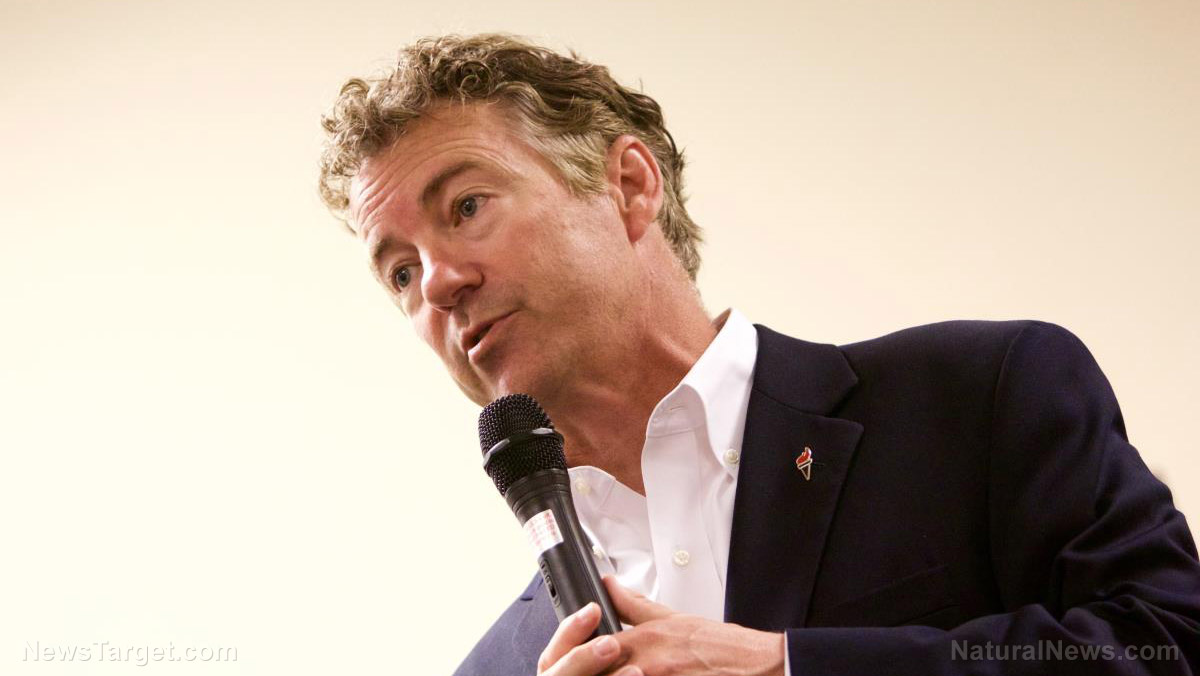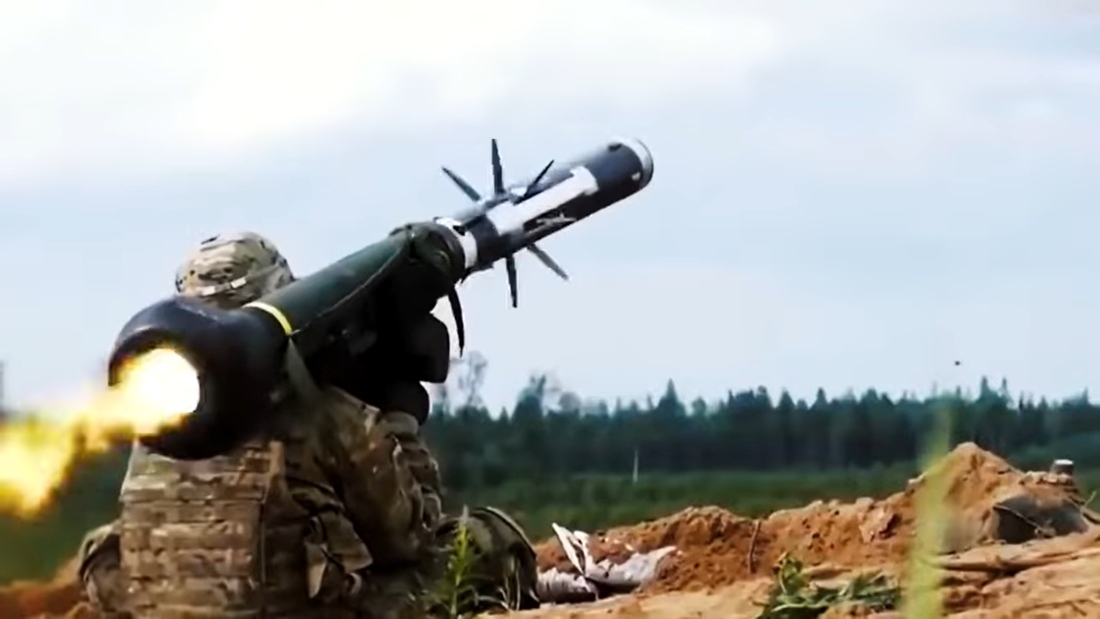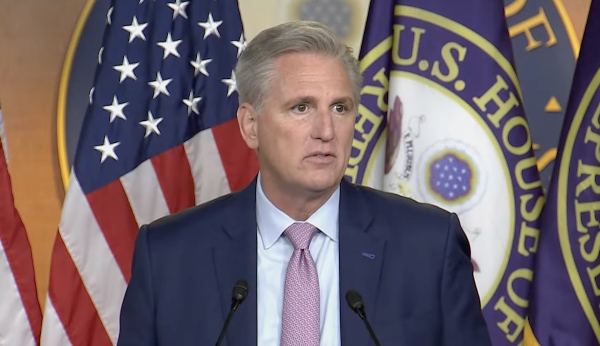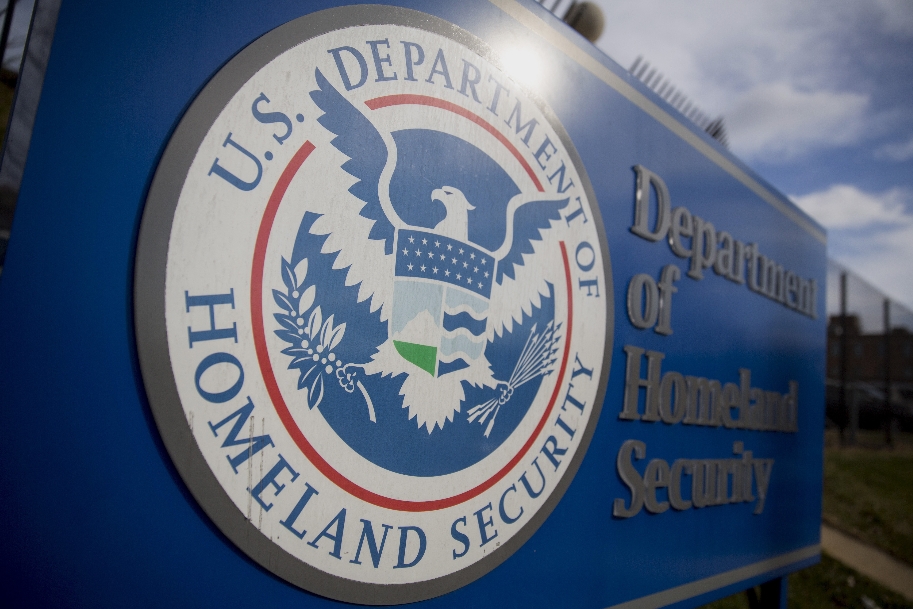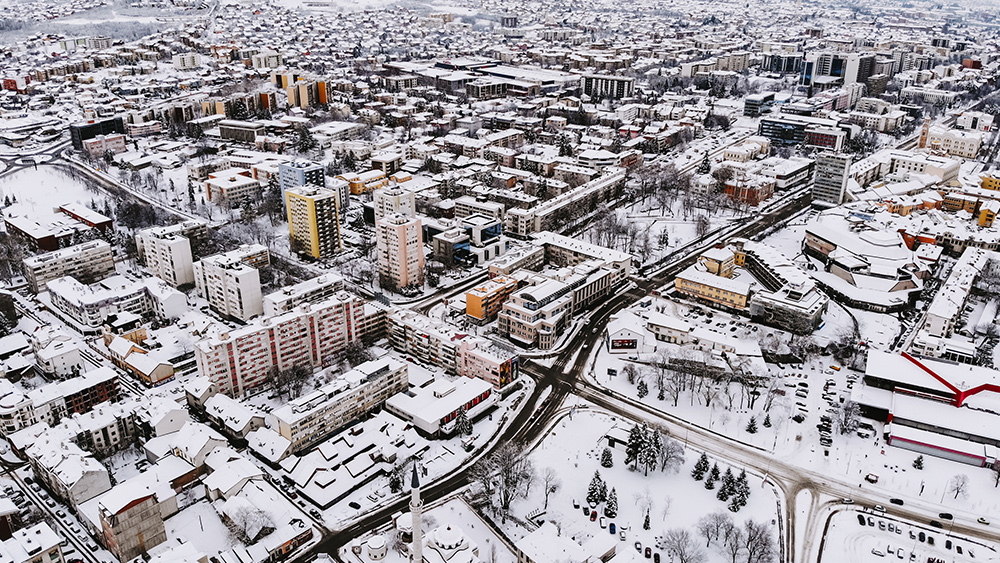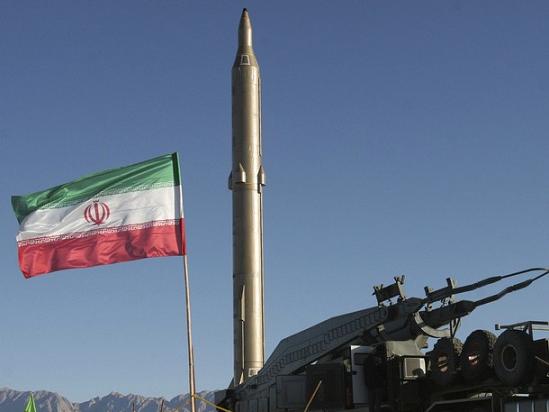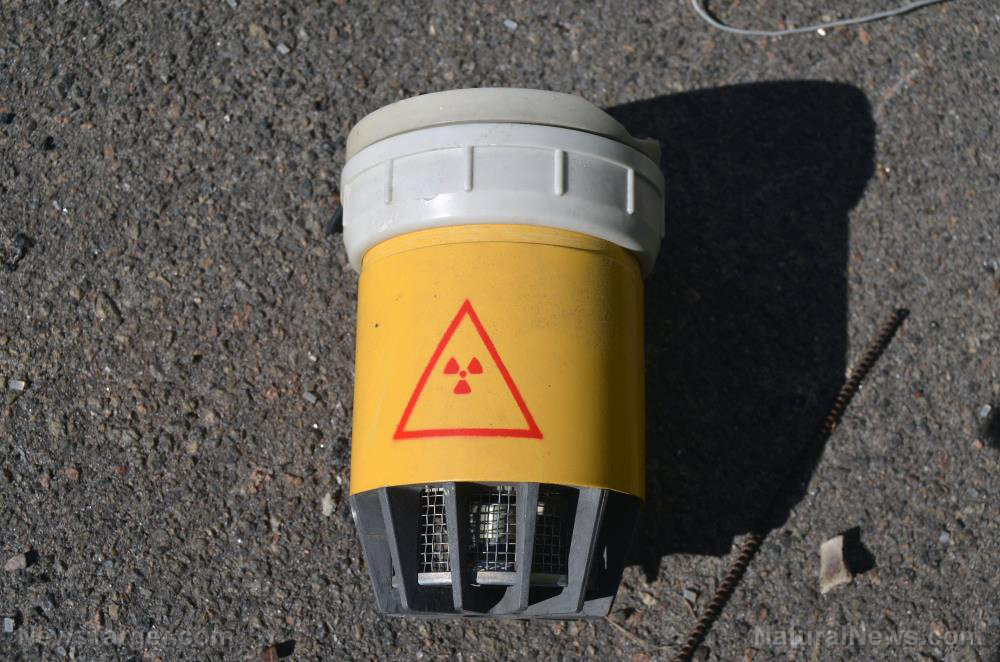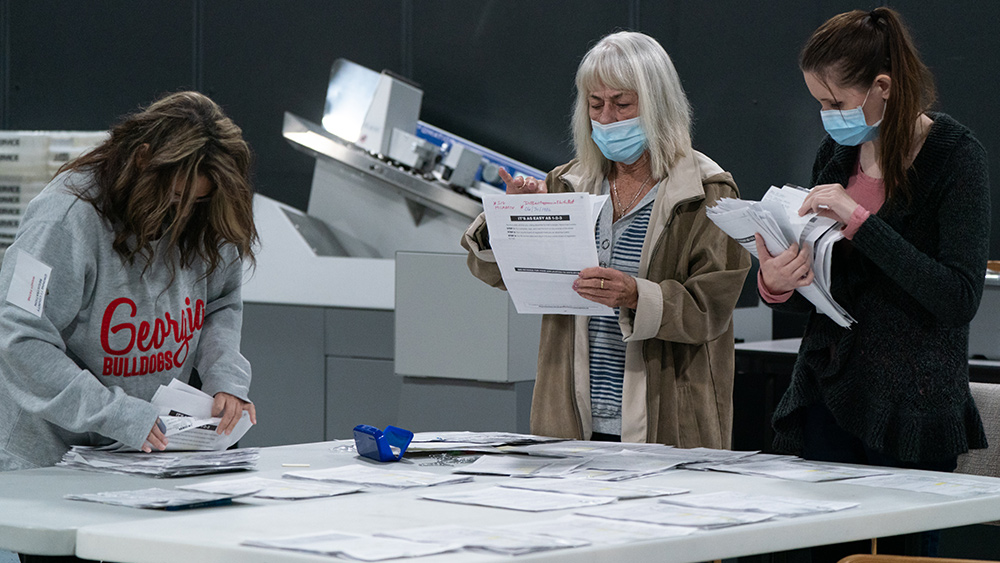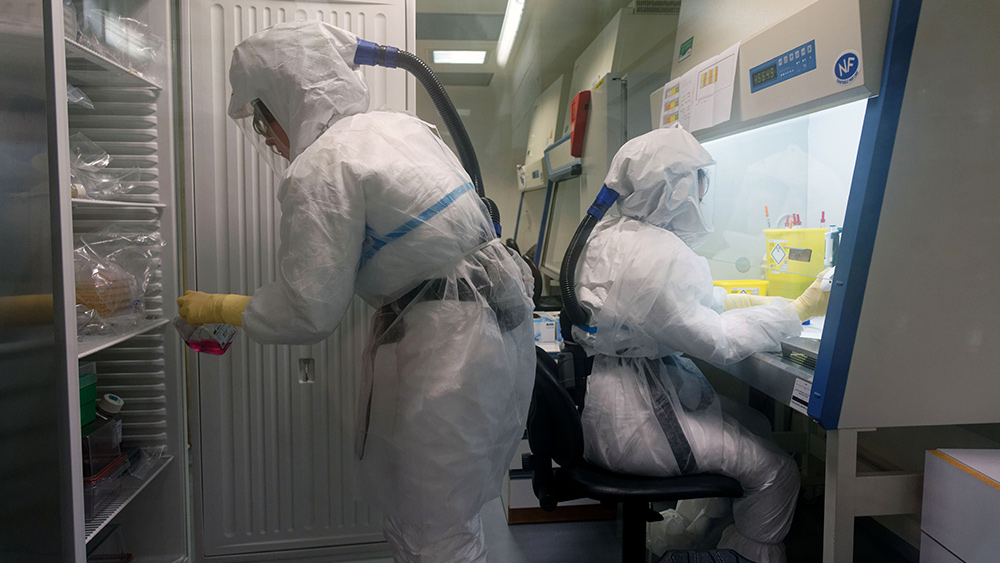Fertilizer shortage incoming: U.S. nitrogen exports jump to record high this past summer, leaving US farmers with reduced supply
11/02/2022 / By Belle Carter
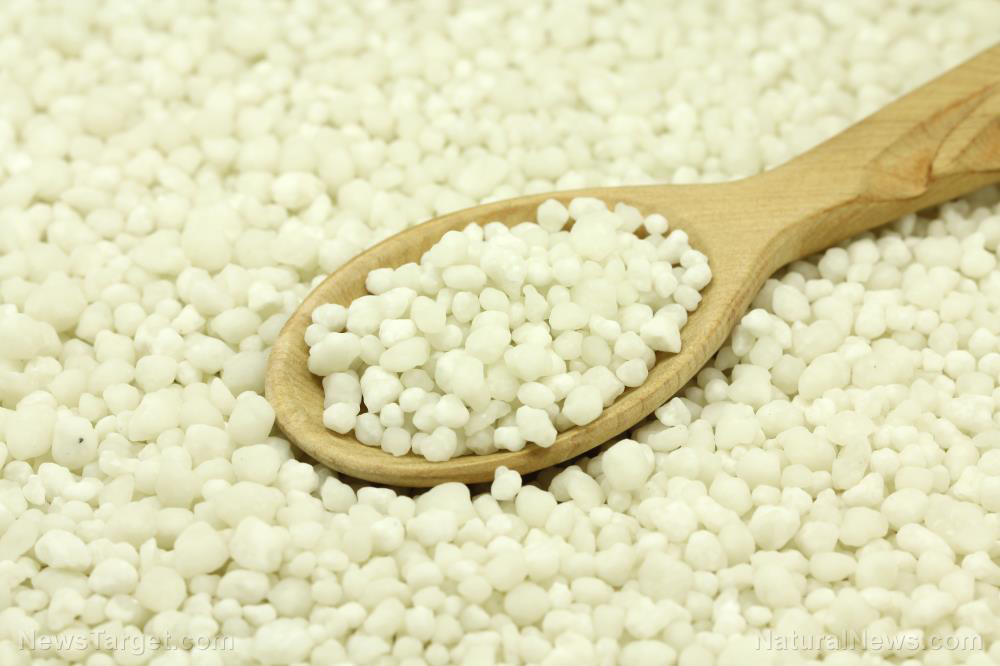
The U.S. has exported a record amount of nitrogen this past summer as surging natural gas prices in Europe drove up costs of producing the crop nutrient there.
Western sanctions against Russia have made U.S. shipments more competitive. Russia is a major producer of fertilizer and natural gas, which is key in making nitrogen products that boost yields of corn and other crops.
According to recent Census Bureau data compiled by industry group The Fertilizer Institute (TFI), exports from the U.S. increased to 370,000 short tons of nutrient in August – the highest monthly total since TFI began tracking the data in 2013. America is the world’s third-largest fertilizer producer.
TFI economist Jason Troendle said it’s not yet clear whether the U.S. produced more than usual in July and August or it just diverted a larger share of supplies to Europe. But America is historically a small exporter, and its ability to backfill markets is limited, he added. This could mean that the nutrient supply for U.S. farmers will be in danger.
The biggest year-over-year increases in U.S. purchases are in France, Belgium, Norway, Lithuania, Morocco, Chile and Brazil.
Moreover, European buyers are outbidding domestic buyers in the U.S. and other exporters like Indonesia and Malaysia, said Alistair Wallace, principal at Argus Media in London. “European countries typically buy most of their imported urea, a form of nitrogen fertilizer, from North Africa, but are now purchasing it further afield,” he said.
Farmer Dave Nelson of Belmond, Iowa, has seen his fertilizer costs soar to $1,280 per ton this year from $350 a ton two years ago. He locked into that price this fall so he could start calculating a 2023 budget.
“I might as well do it because (price) is only going to go higher,” said Nelson, who grows corn and soybeans. “If you start skimping on fertilizer, you just end up hurting yourself in the end. ”
$500M stimulus money not enough to boost fertilizer production
The Joe Biden administration has recently unveiled its plan to implement $500 million grants to support “independent, innovative and sustainable American fertilizer production” to supply American farmers. (Related: USDA announces $500 million stimulus program to boost domestic fertilizer production.)
Agriculture Secretary Tom Vilsack introduced the new program called “Fertilizer Production Expansion Program,” which aims to expand the manufacturing and processing of fertilizer and nutrient alternatives in the U.S. and its territories. This is part of a larger effort to promote competition in agricultural markets, and funds are being made available through the Commodity Credit Corporation.
Agronomist Emerson Nafziger, a crop specialist with the University of Illinois Extension for the past 36 years, said he would be interested to hear what other agriculture policy watchers have to say about the effort.
“Increase domestic production of fertilizer – that is not a phrase we have ever heard from the federal government,” Nafziger said. “It’s pretty unusual for the government in the U.S. to try to manipulate supply for inputs like that.”
According to Nafziger, prices for nitrogen, phosphorus and potassium fertilizers are significantly higher than they were a year ago.
“It is a new world in terms of prices and availability of fertilizers in particular,” he said. “It’s a frustrating situation for individual farmers because they need to make an effort to see if they can get all the fertilizer that they need.”
The program may be too late to help farmers deal with the soaring prices. In fact, farmers in Missouri are currently paying an average of $1,325 for a ton of nitrogen fertilizer, while they are paying more than $1,400 per ton in Iowa.
Fertilizer Institute President and CEO Corey Rosenbusch praised the program but noted that it would require billions of dollars if the Biden administration really wanted to help boost domestic fertilizer production. He noted that one nitrogen fertilizer plant may cost $2 to $4 billion to build.
Visit FertilizerWatch.com for more news related to the dwindling fertilizer supply in Europe and the United States.
Watch the video below that talks about how banning fertilizer exports will cripple agriculture.
This video is from the High Hopes channel on Brighteon.com.
More related stories:
Many Western countries are trying to ban NITROGEN (and thus meat).
USDA launches a $500 million grant program for domestic fertilizer production.
Sources include:
Submit a correction >>
Tagged Under:
agriculture, America, big government, crops, EU, Europe, famine, fertilizer production, fertilizer supply, fertilizer wars, food shortage, food supply, harvest, nitrogen, Russia, scarcity, stimulus fund, supply chain
This article may contain statements that reflect the opinion of the author
RECENT NEWS & ARTICLES
COPYRIGHT © 2017 BIG GOVERNMENT NEWS

